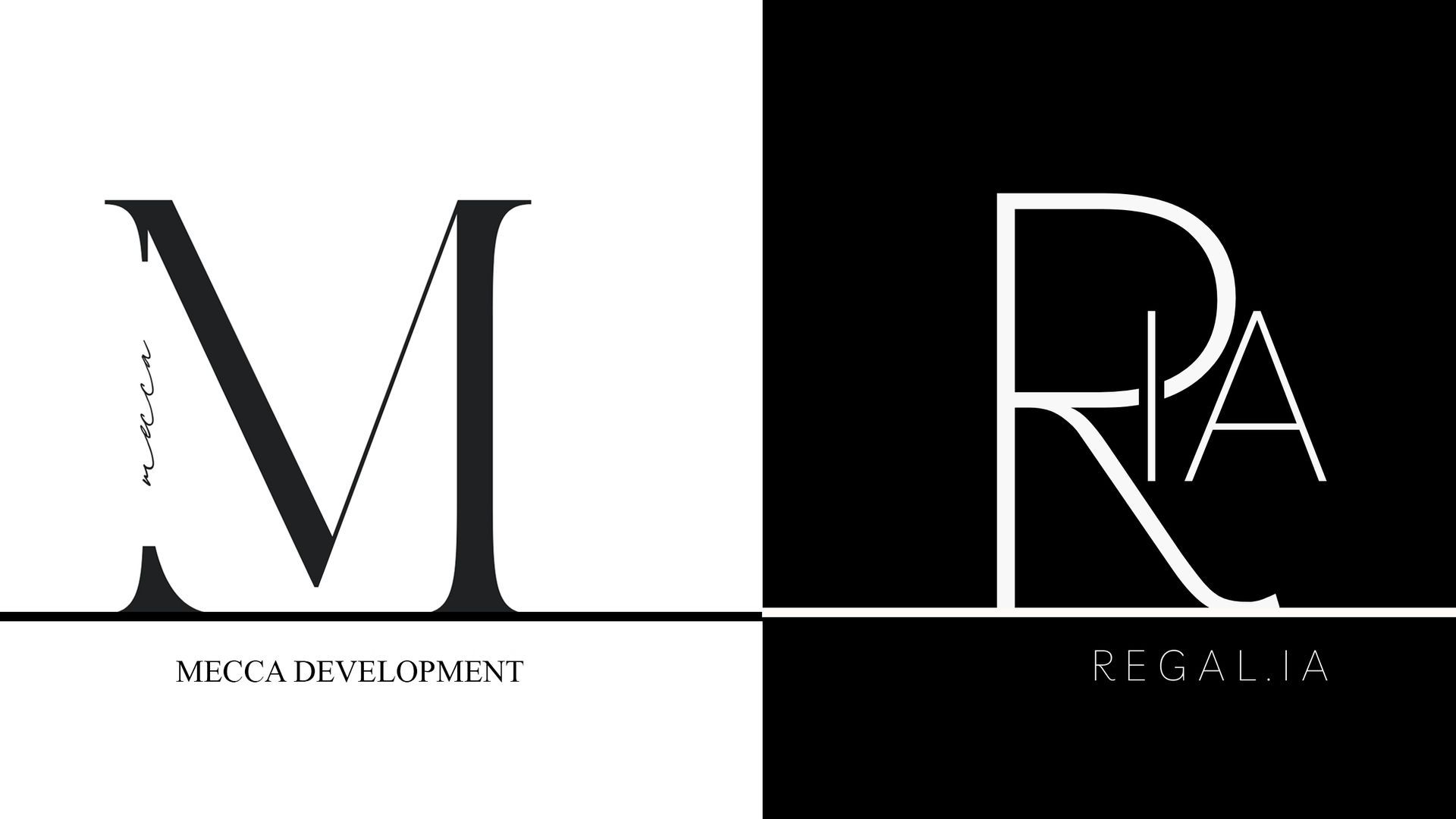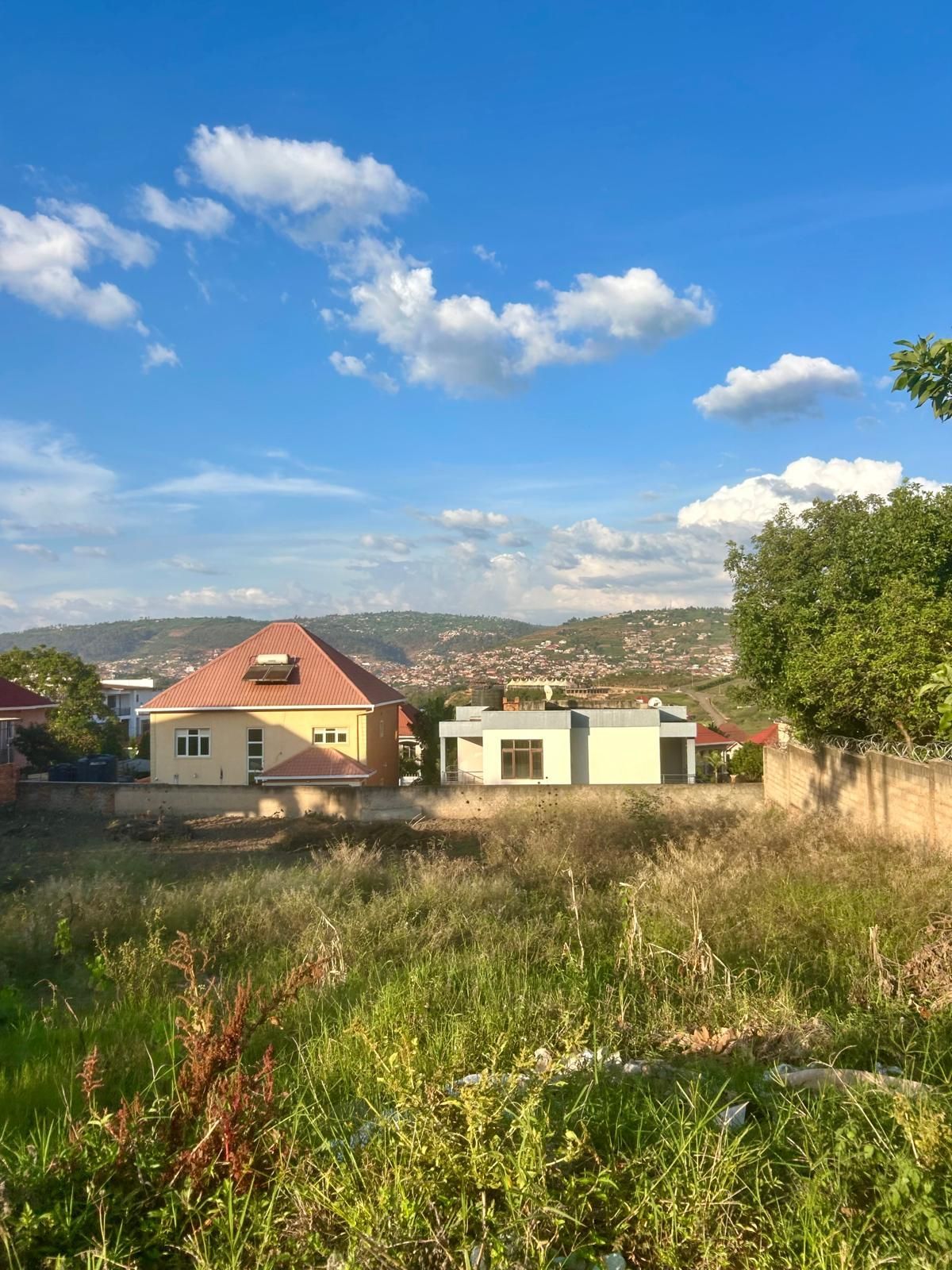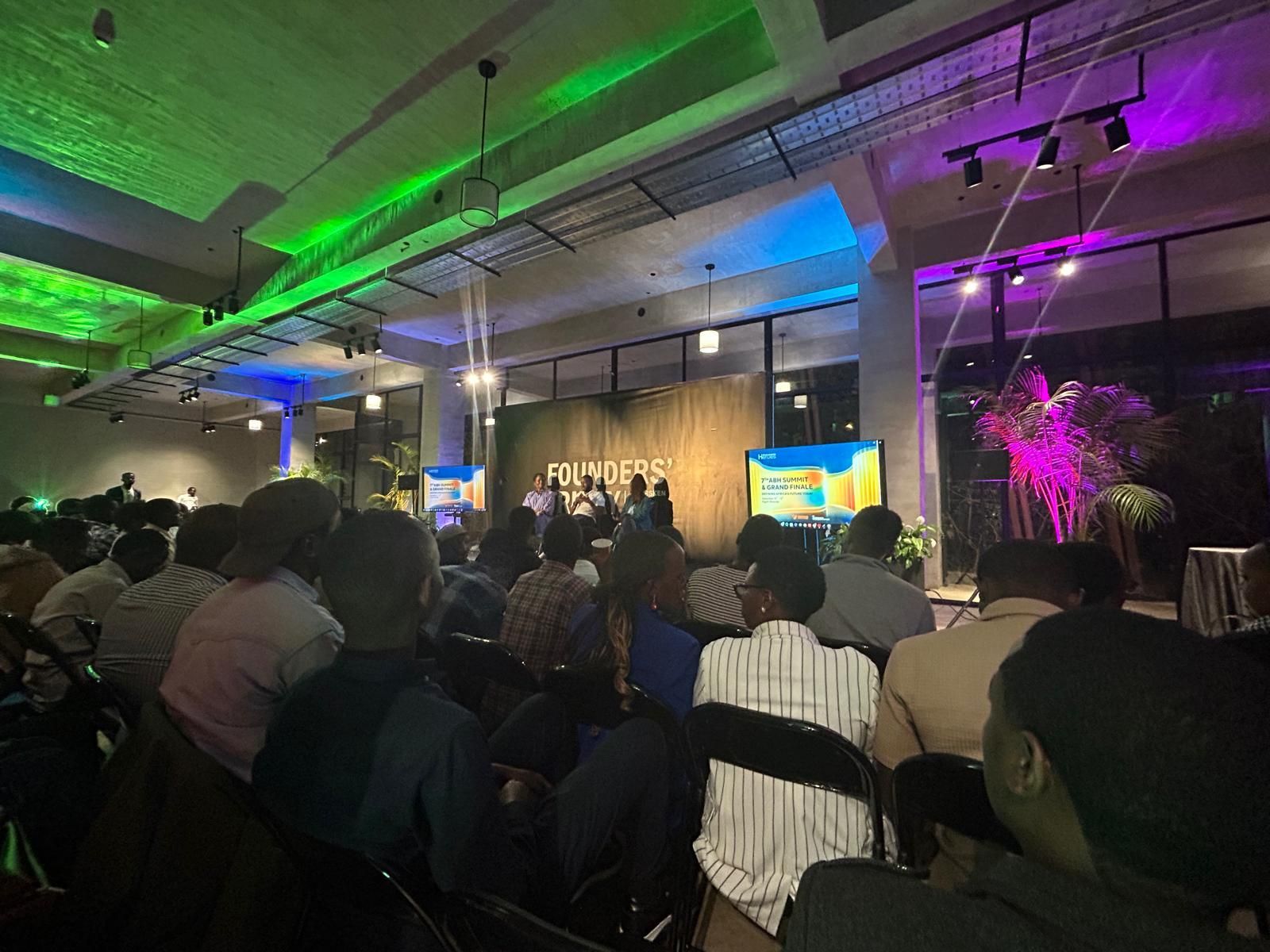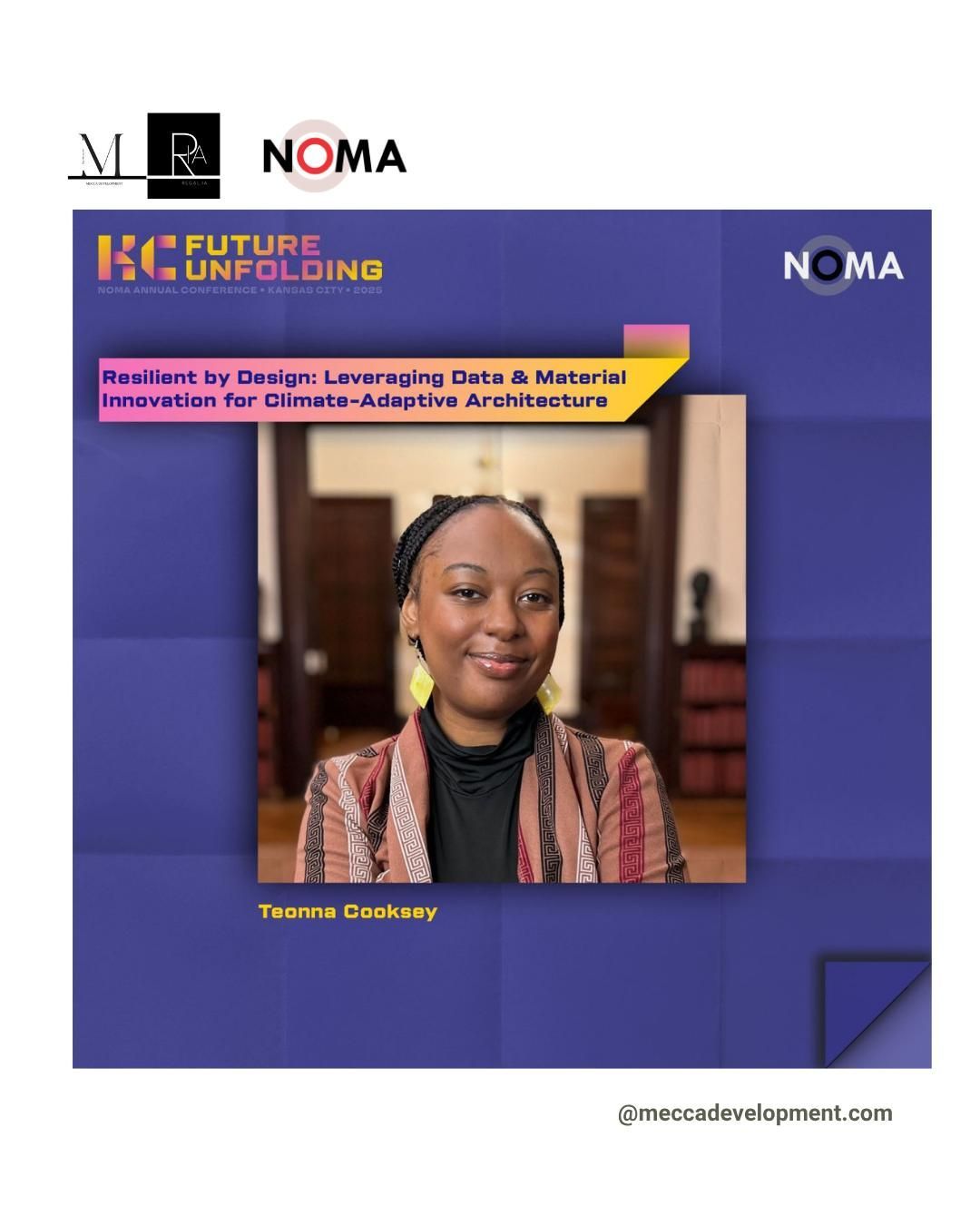Case Study: Turning NYCHA’s Housing Data into Predictive Climate Intelligence
Regal.ia Climate Lens: NYCHA Demo

Public housing modernization is often slowed by one persistent challenge: fragmented data. Agencies like the New York City Housing Authority (NYCHA) manage thousands of buildings across dozens of datasets — from Physical Needs Assessments (PNA) to sustainability and compliance reports. Each contains valuable information, but few speak the same language.
At NOMA 2025, Mecca Development’s founder and Regal.ia CEO Teonna N. Cooksey introduced a breakthrough proof of concept — the Regal.ia Climate Lens: NYCHA Demo — showing how Regal.ia can turn this fragmented data landscape into predictive intelligence that empowers housing authorities, architects, and funders to make faster, smarter, and more climate-aligned decisions.
The Challenge: Fragmented Data, Delayed Decisions
For decades, housing modernization projects have faced bottlenecks in coordination, transparency, and climate alignment. Critical data from NYCHA’s PNA, Consent Decree, and Sustainability Plan remain siloed across systems — making it difficult to link planning, procurement, and performance.
This disconnect costs time and money. Weeks of manual analysis are often required just to align project scopes, estimate costs, or identify funding eligibility. As a result, modernization timelines stretch, sustainability targets lag, and community trust erodes.
“The data exists — it’s just not connected,” Cooksey explained. “We wanted to demonstrate how Regal.ia can bridge these gaps, turning PDFs and static plans into living, interactive intelligence.”
The Regal.ia Solution: Climate Lens in Action
The Regal.ia Demo: Turning Housing Plans into Predictive Intelligence integrates NYCHA’s existing data with climate, policy, and supply chain datasets to visualize capital needs, carbon impacts, and funding pathways in one place. The prototype showcases how Regal.ia’s modular platform unifies planning, procurement, and performance within a single dashboard — a critical step toward climate-adaptive, equitable housing modernization.
How It Works: From PDF to Predictive Dashboard
- Upload & Parse: Users upload NYCHA or capital planning PDFs (such as PNAs or Sustainability Agendas). Regal.ia automatically extracts project scope, costs, and timelines into structured variables.
- Analyze & Match: The engine cross-references material supply chain, climate risk, and funding datasets — identifying local, low-carbon materials and policy-aligned funding opportunities.
- Visualize Scenarios: The dashboard displays side-by-side scenarios comparing cost, carbon, and equity metrics.
- Optimize & Export: Users refine options and export a summary report highlighting the best strategy for budget, performance, and compliance.
The output transforms static data into a living map of modernization possibilities, revealing where grouped interventions can reduce emissions, lower costs, and accelerate funding capture.
Core Modules and Outputs
- Data Parser: Extracts and tags cost, scope, and timeline data from planning documents.
- Material Supply Chain Engine: Maps materials to local vendors, comparing carbon and cost impacts.
- Funding & Policy Engine: Matches projects with incentives from HUD, FEMA, NYSERDA, and LL97 programs.
- Scenario Builder: Enables cost and carbon comparisons across design options.
- Impact Dashboard: Visualizes cost savings, carbon reductions, and equity metrics through interactive charts and summary cards.
- Portfolio Map: Displays all projects geographically to reveal system-wide risk and opportunity patterns.
By the Numbers: NYCHA Demo Results
- Metric | Baseline | Result via Regal.ia Demo
- Project Plan Generation | Weeks of manual work | < 1 minute automated parsing
- Cost Projection Accuracy | ±25% | ±10% variance
- Funding Capture Rate | <50% of eligible programs | >80% matched
- Visualization Clarity | Static PDFs | Interactive map & dashboards
- Carbon Reduction Potential | Not measured | 20–30% reduction demonstrated
These outcomes show how predictive tools can compress timelines, enhance accuracy, and align public housing investments with climate and equity goals.
Why It Matters for Housing Authorities and Funders
For public-sector leaders, the Climate Lens demo illustrates a shift from compliance to intelligence. Instead of checking boxes, agencies can simulate future performance — measuring how each dollar spent advances both climate resilience and community benefit. For funders and policymakers, this approach improves visibility and accountability. By linking funding programs to measurable equity and carbon outcomes, Regal.ia offers a transparent, data-backed pathway for sustainable capital allocation.
“Predictive intelligence changes how we plan,” Cooksey said. “It means decisions aren’t reactive — they’re strategic, measurable, and regenerative.”
The Road Ahead: Scaling Predictive Intelligence for Public Housing
The NYCHA demo serves as a pilot for a broader Regal.ia vision: enabling predictive capital planning and AI-assisted procurement across housing authorities nationwide.
The platform roadmap includes:
- Circular procurement tracking to measure and reuse embodied materials.
- Equity scoring systems linking resident impact directly to funding decisions.
- AI-driven forecasting to anticipate infrastructure and supply chain needs.
In short, Regal.ia aims to become the intelligence core for climate-aligned, community-driven development — helping agencies modernize faster, cheaper, and more sustainably.
Explore the Climate Lens
Regal.ia is expanding pilot partnerships with public housing authorities, planners, and sustainability offices. The team invites new partners to test the Climate Lens, contribute data, and co-create regenerative housing strategies that are as equitable as they are efficient.




